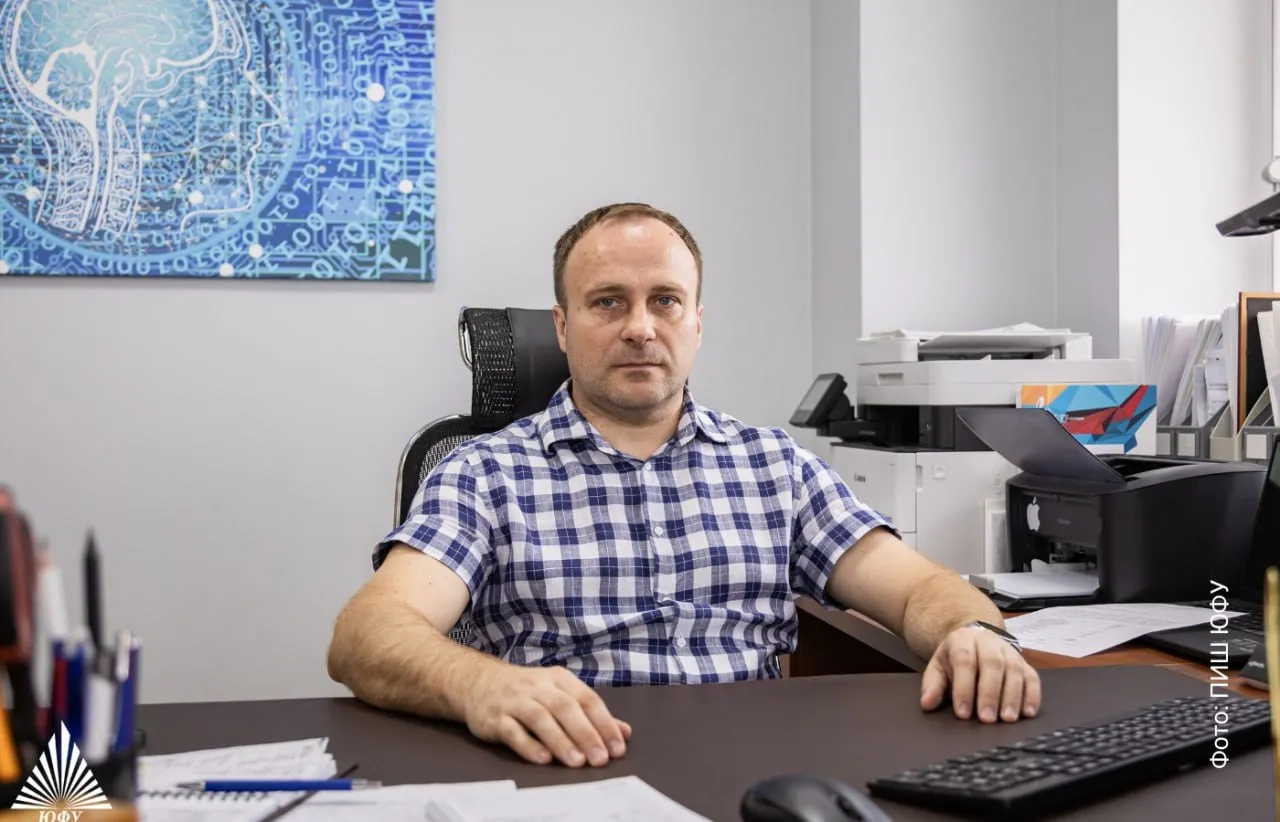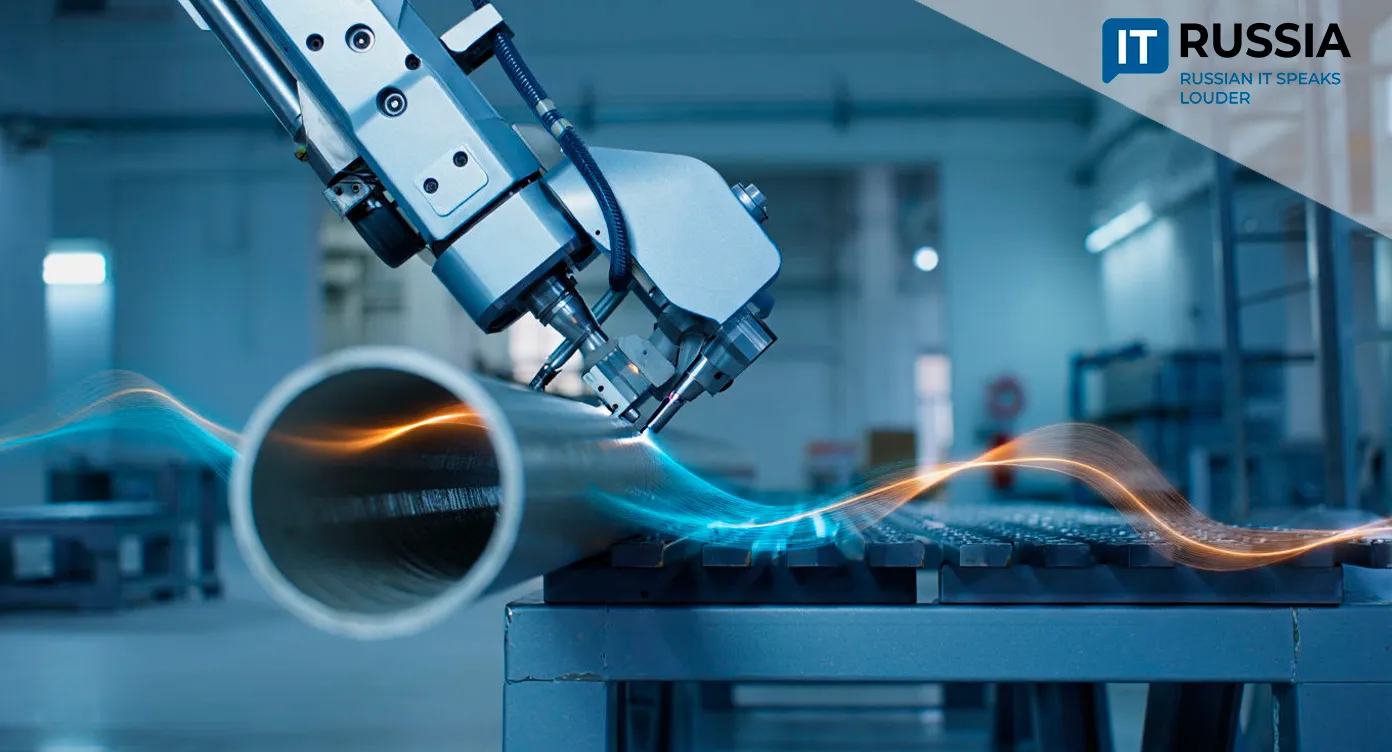Russian Scientists Develop Neuroelectronic Robotic Hand with Artificial Sensation

Researchers at Southern Federal University in Taganrog have unveiled a biomorphic robotic hand capable of mimicking touch through memristive neural networks, a development that could redefine human–machine interaction and prosthetic technology.
A Breakthrough in Neuroelectronics
The newly developed robotic system is equipped with sensors and operates in a shadow mode, learning to mimic human hand movements. What sets it apart is its use of memristive neural networks—hardware systems that replicate the function of biological neurons. These give the robotic hand adaptive learning abilities and the capacity to detect texture, pressure, and temperature.

The project represents a significant
milestone in Russia’s push for technological self-sufficiency in nanotech and
neuroelectronics. By moving away from imported components, the country aims to
strengthen its digital sovereignty in high-impact scientific domains.
Real-World Applications: From Surgery to Search-and-Rescue
The robotic hand could revolutionize fields ranging from prosthetics to emergency response. In medicine, tactile prosthetic limbs may soon offer both motor function and sensory feedback, improving patients’ quality of life. Pediatric surgeon Yuri Kozlov, who recently employed a robotic system for a minimally invasive bowel surgery, emphasized the benefits: “These robots allow for suture placement in tight spaces with minimal blood loss and reduced incision sizes, while the surgeon remains in full control via joystick.”
In rescue operations, such dexterous robotic limbs can adapt to complex environments, delicately manipulate debris, and detect hazards. The Taganrog prototype is also significant for the European research community, adding momentum to global efforts in biomorphic robotics and flexible microelectronics.

From
Concept to Competitive Edge
Russia’s investment in memristive systems began gaining traction in 2021–2022, with foundational research from Saint Petersburg State University and Skoltech. In parallel, international interest grew with projects like an Israeli smart sensor lid and Osaka University's graphene-based tactile arrays.

Southern Federal University is now moving toward integrating 3D bioprinting with memristive technology, with testing expected in clinical and emergency settings by 2025–2026. While the current model is still in the demonstration phase, ongoing research is focusing on material reliability, miniaturization, and energy efficiency.
Such efforts place Russia in a strong position to contribute meaningfully to global scientific advances—and potentially export its innovations to allied markets.










































